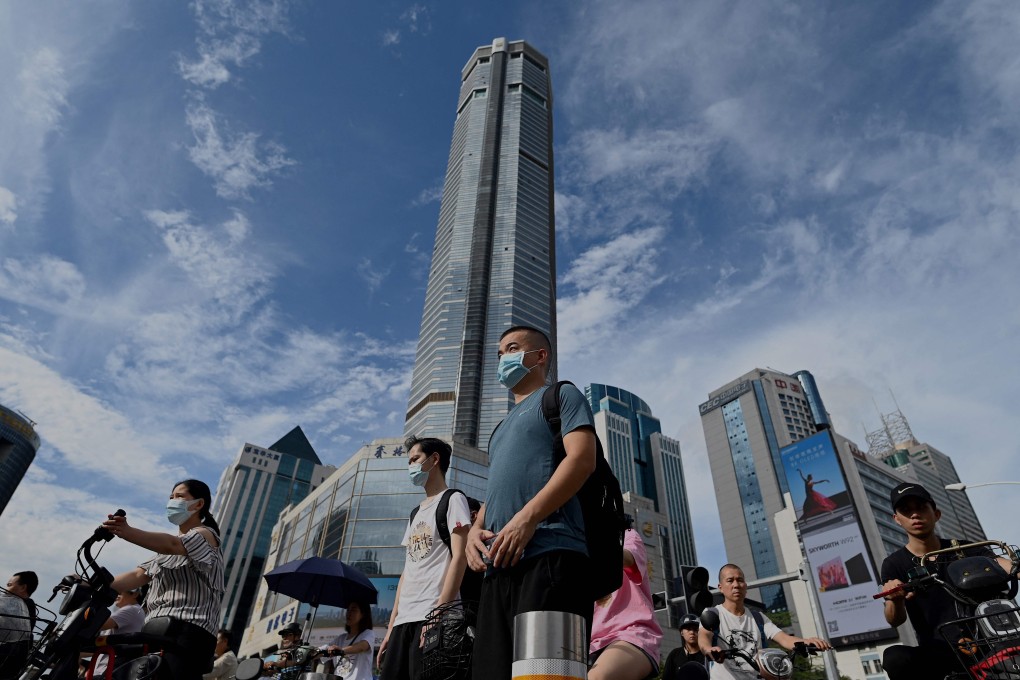Editorial | Cross-border travel controls only work if systems are unified
- Rules on people moving between Hong Kong and the mainland should be synchronised to avoid the kind of confusion we have seen this week

Beijing’s record for handling the Covid-19 pandemic is the envy of most governments. Its detection and prevention methods have ensured the world’s most populous nation has been largely infection-free.
Hong Kong having had its own system for determining risk across the border was therefore baffling, particularly as authorities lacked access to the necessary information to be able to accurately make assessments. Their adoption of the National Health Commission’s alert list makes sense, especially as standardisation will be useful for the eventual resumption of normal travel.
The differences of determining risk levels went largely unnoticed due to the absence of cases in Guangdong province, where most Hongkongers on the mainland live and work. That enabled a relaxation of rules allowing the city’s residents to return under a quota scheme without having to undergo compulsory quarantine.
But that changed on Saturday with the mainland’s announcement of an infection in a district of Guangzhou; under the rules that then applied, the assessment for all of Guangdong was changed from low to medium. Hongkongers planning to come back from the province suddenly faced 14 days of isolation.

Those affected were understandably mystified how travel plans in a province bigger in population and area than many European countries could be impacted by a single coronavirus case. Mainland authorities had only increased the risk level to medium in the district involved, not even the city, let alone all of Guangdong.
